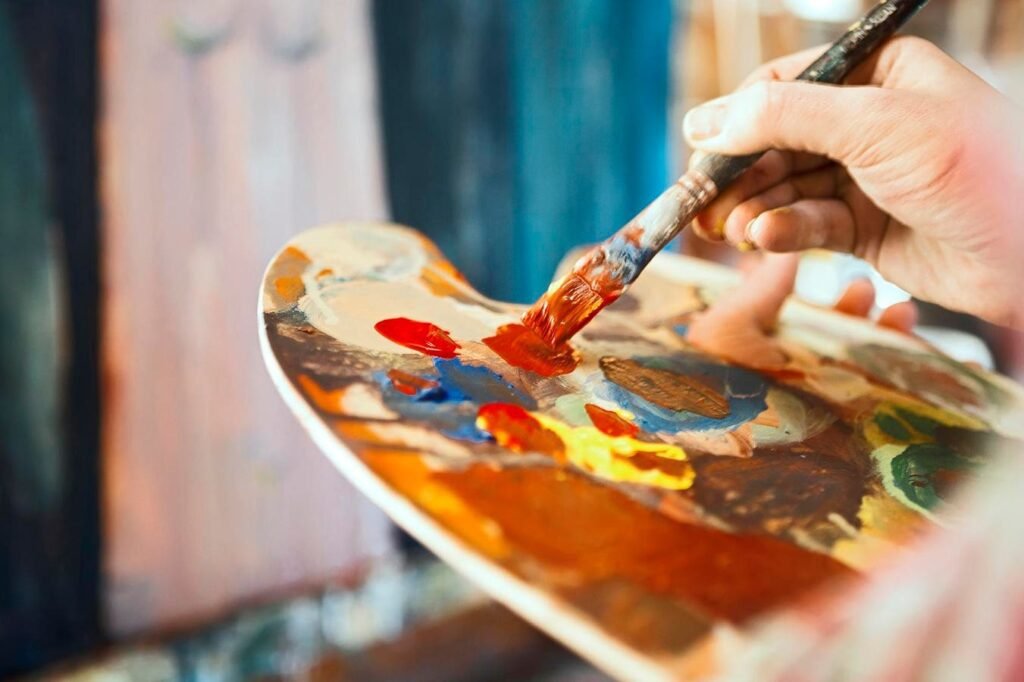From studying a newly discovered piece of art to preventing mold and mildew on old paintings, chemistry and art history often intersect and even inspired a new high school curriculum.
By analyzing paint with X-ray fluorescence, chemists can learn more about the history of art
A few weeks ago, scientists in France published a research study which describes how they analyzed a painting that probably came from Botticelli’s workshop. This means that although it was probably not painted by Botticelli himself, it was created in his studio by one or more of his assistants.
According to the research paper, this painting was discovered in 2011, in a church in Champigny-en-Beauce, France. To learn more about this new discovery, researchers turned to science. They used several different techniques, including macro-X-ray fluorescence spectroscopy (MA-XRF) to scan the entire painting and learn more about the chemical composition of the paint. They also used a different type of XRF analysis to get even more detail. The advantage of using X-ray fluorescence is that it is very non-invasive: It is not necessary to destroy the painting to analyze the color.
The measurements confirmed that the artwork was made with paints used in 15th or 16th century Italy. The way the colors were layered also matched the styles used in Botticelli’s workshop, further supporting the theory that this painting was made there.
Methods such as MA-XRF are increasingly popular with museums and art researchers to study the history of art through the chemistry of the materials used. But science and art meet in other ways as well.
Earlier this year, a study from Spain looked at various methods that could prevent mold or fungal wear on easel paintings. By easel paintings we mean paintings done on canvases (or sometimes on other surfaces) instead of murals, for example. This is an important distinction to make when talking about this type of damage, because obviously a mural would have very different mold risks than a framed canvas. But even canvases are not safe from damage, and so researchers are trying to find the best ways to remove fungus or mold and prevent further damage.
This news review Researchers from the University of Valencia summarized several of these methods of removing fungi and found that some of the more environmentally friendly solutions, such as essential oils or light irradiation, were probably just as good as biocidal chemicals at protecting art from damages.
Studies like these are just a few of the many instances where chemistry overlaps with art. Inspired by this overlay, chemists at Virginia Commonwealth University developed curriculum for US high schools combining chemistry and world history courses. For example, one of the lessons describes how the historical murals were created. In a recent study, the researchers describe how they developed this method and how it was received by test takers. Before and after completing the combined chemistry and history curriculum, students completed a test with exam questions in both subjects. After the curriculum, they performed 4% better in chemistry and 13.4% better in world history. Students and teachers also enjoyed these lessons that showed both a real-world application of chemistry and a creative and practical side of history.
Given that there is so much overlap between chemistry and (art) history, it would be interesting to see a curriculum like this on a wider scale.
